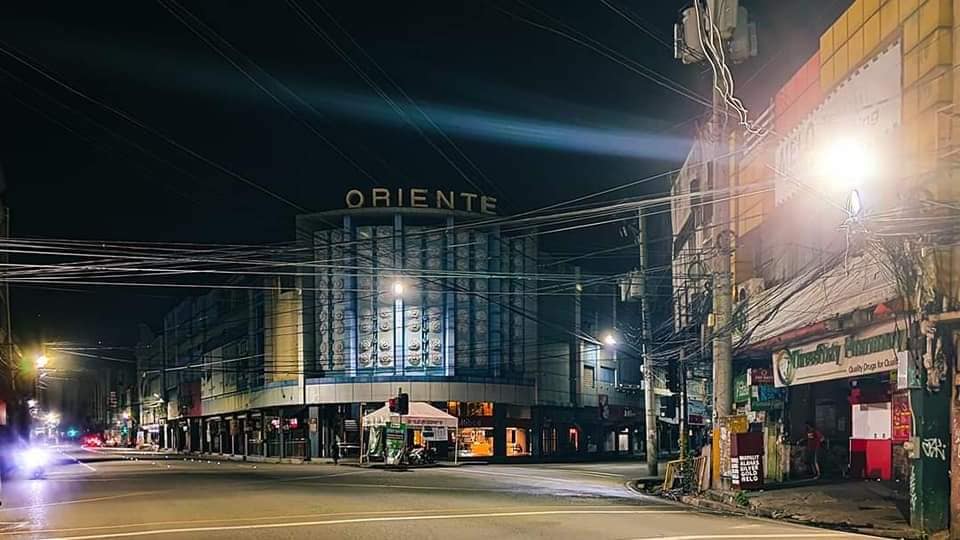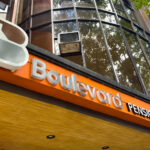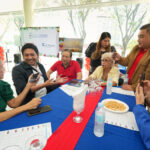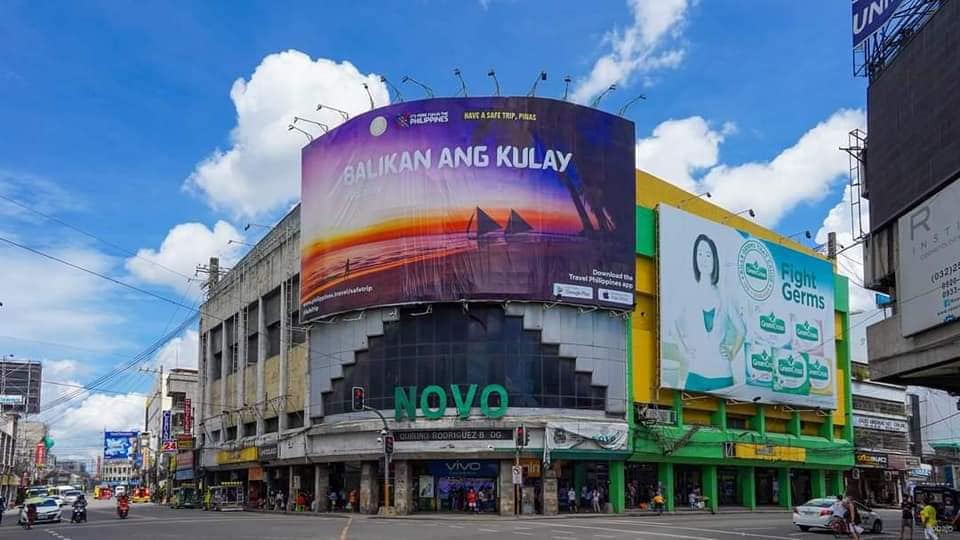Nestled in the bustling cityscape of Cebu City, Colon Street stands as a living monument to the Philippines’ rich and diverse history.
As the oldest street in the Philippines, Colon has witnessed the ebb and flow of Cebu’s journey through time, from its pre-colonial roots to its current status as a vibrant urban center.
This article explores the significance, transformation, and enduring charm of Colon Street.
The Historical Significance of Colon Street
Established in 1565 by Spanish conquistadors, Colon Street was named after Christopher Columbus (Cristobal Colon in Spanish).
It served as the central artery of Cebu City during the Spanish colonial era, playing a pivotal role in the city’s commercial and social life.
Over the centuries, this street has seen the Spanish galleons, American Era transformations, and the scars of World War II.
The Architectural Fab of Colon Street
A walk down Colon Street is like a journey through time.
The architecture along the street is a patchwork of eras – from Spanish-era buildings to American colonial structures, interspersed with modern establishments.
Notable historical buildings include the University of the Visayas, the oldest educational institution in Cebu, and the elegant Vision Theater, a testament to the American colonial influence.
The Bustling Marketplace: A Hub of Commerce and Culture
Colon Street has long been the commercial hub of Cebu City.
From small family-run shops to large department stores, the street brims with a variety of businesses.
The night markets are particularly notable, offering everything from street food to handmade crafts, and are a favorite among both locals and tourists for their lively atmosphere and diverse offerings.

The Street’s Evolution: Adapting to Modern Times
In recent decades, Colon Street has undergone significant changes.
The rise of modern shopping malls and commercial centers has shifted the commercial focus away from the street.
However, efforts have been made to revitalize Colon, including urban renewal projects and the establishment of pedestrian-friendly zones, aiming to restore its status as a cultural and commercial hotspot.
The Cultural Life on Colon Street
Colon Street is not just about commerce; it’s a cultural melting pot.
The street hosts various festivals and parades, including parts of the Sinulog Festival, where the vibrant history and culture of Cebu are showcased.
Street artists, musicians, and performers add to the lively atmosphere, making it a place where Cebu’s rich cultural heritage is palpably alive.
Challenges and Preservation Efforts
The preservation of Colon Street’s historical and cultural integrity remains a challenge.
Urban development pressures threaten the older structures, while the need for modernization calls for thoughtful approaches to urban planning.
Initiatives by local government and heritage groups aim to strike a balance between development and preservation, ensuring that Colon Street retains its historical significance.
Colon Street: A Living Legacy
Colon Street is a symbol of the city’s resilience and adaptability. As Cebu continues to evolve, Colon Street remains a testament to its past, a beacon of its cultural richness, and a promise of its future potential.
For locals and tourists alike, a visit to Colon Street offers a unique glimpse into the soul of Cebu, where history and modernity converge in a vibrant, living exhibit.












More Stories
A Festive Fusion of Celebration and Responsibility: The PRA Cebu and Honda Cebu Christmas Event
Talisay Chamber of Commerce Ushers New Era with New Trustees
Lapulapu Cebu International College: Charting the Future of Education